Breaking Down the Numbers Behind LEC Player Salaries and Team Budgets
To compile this report, salary data from all 50 LEC players active in the 2024 Summer and 2025 Winter splits was collected over several months. This was achieved with input from multiple reliable sources familiar with the numbers. While every effort was made to ensure accuracy, many figures are approximations due to differences in how teams pay players and occasional inconsistencies among sources. Salary bonuses were also taken into account when relevant.
For more than 95% of the cases, the reported salaries were verified to be within a maximum of ±€20,000 from the actual amounts — the numbers and points made in the following report should be very close to reality.
What Are Salary Bonuses?
Bonuses significantly impact how much players earn. Most commonly, players receive performance-based bonuses tied to competitive success. For example, winning a LEC trophy or qualifying for Worlds often boosts player earnings. Bonuses also commonly include compensation for participating in media content or streaming activities.
Most teams have also introduced an "active roster bonus" as a workaround to German regulations that prevent teams from reducing player salaries. What was previously listed as a bench rate is now considered the base salary in contracts, while being part of the active roster is treated as a bonus. This active roster bonus often doubles the base salary.
Payment structures vary widely among teams. Some pay players per game played on stage rather than offering a fixed active roster bonus. In this report, active roster bonuses and media attendance bonuses are consistently included. Performance bonuses are also partially accounted for, especially when they are likely to be earned.
So, How Much Do LEC Players Earn?
LEC player salaries are typically discussed on a yearly basis, which is fitting since all players are currently signed to annual contracts ranging from one to a maximum of four years. These contracts end each year within a defined window in mid-November to ensure players are paid year-round.
Riot Games' LEC rulebook sets the minimum wage for players at €60,000 — but most players earn more than this base amount. On the other hand, no LEC player has earned a seven-figure salary since the start of 2024, reflecting the downward trend in salaries over the past three years.
According to data collected by Sheep Esports, the average salary for LEC players in 2025 is €240,000. In comparison, the estimated average for summer 2024 was €270,000, marking €30,000 (11%) decrease since the last split. This figure accounts only for players on the active roster of an LEC team.
A Closer Look at Average Salaries
While the average salary is estimated at €240,000, the median salary for LEC players starting in the Winter Split 2025 is estimated at €165,000 (±€10,000). This median value is significantly below the average, indicating that the majority of players earn less than the average, which is driven up by a small number of top-tier earners. This disparity also contributes to the decline in average salaries observed over recent years. (The practical reasons behind this trend will be explored further below.)
Rookie players entering the LEC in 2025 earn an average of €115,000 annually. Factors such as perceived skill at the time of contract negotiation and brand value play a significant role in determining salaries. Interestingly, data shows that average salaries increase substantially with experience. While this may reflect the reduced risk associated with signing veteran players, it is also subject to selection bias: only the highest-performing players tend to remain in the LEC long enough to become multi-year veterans.
It is common for teams to offer multi-year contracts with incremental annual salary increases. For players who signed contracts with new LEC teams in 2025, the average annual salary is estimated at €170,000. Korean players in the LEC, meanwhile, earn an average salary of €160,000 per year.
Highest Paid LEC Players
According to data collected by Sheep Esports, midlaner Rasmus "Caps" Borregaard Winther is currently the highest-paid player in the LEC. Behind him, Steven "Hans Sama" Liv, Marek "Humanoid" Brázda, Emil "Larssen" Larsson, and Javier "Elyoya" Prades Batalla — in no particular order — round out the top five. A few other players are positioned just below these top-tier salaries.
Which Roles Earn the Most?
In line with Caps' earnings, the midlane role stands out as the highest-paid position in the LEC. While Caps has held the title of the league’s highest-paid player for two years, midlaners have consistently dominated this spot for at least four years. This trend is not exclusive to the LEC: midlane is the highest-earning role across most competitive regions. Notably, legendary midlaner Lee "Faker" Sang-hyeok remains the highest-paid player in all of League of Legends, earning an estimated $6 million annually, according to South Korean media outlet Naver.
In contrast, the support role continues to be the lowest-paid position, with the LEC displaying a particularly stark disparity. For 2025, no support player ranks among the league’s top earners, and the average support's salary is about half that of an average midlaner's.
Which Teams Spend the Most?
Success in the LEC often comes with financial investment, and G2 Esports currently leads as the highest-spending team in the league. Fnatic and Movistar KOI complete the top three spenders. The offseason saw significant shifts, with Team Heretics, SK Gaming, and GIANTX reducing their budgets substantially. Meanwhile, Karmine Corp, previously the lowest spender in 2024, has climbed to seventh place.
Rogue and Team Vitality’s budgets are almost identical, making it challenging to definitively rank one higher than the other due to the possibility of a margin of error. As a result, both teams share the fifth position, much like how Rogue and Team Heretics did last year.
In a similar vein, Team Heretics and SK Gaming fall within a 5% margin of each other, meaning their rankings could fluctuate depending on small estimation differences. However, for all other teams, the budget disparities are more pronounced. Even with a 10% margin of error, the overall rankings would remain largely unchanged.
It’s worth highlighting that this ranking focuses exclusively on spending for starting players. Team expenses can extend far beyond player salaries, including costs for staff, infrastructure, housing, and even salaries for benched players.
That said, the average annual budget for an LEC team is approximately €1.2 million, with the top three spenders accounting for 45% of the league's total spending.
Sporting Financial Regulations (SFR)
The Sporting Financial Regulations (SFR), introduced by Riot Games for the 2024 season, aim to prevent teams from overspending. This regulation operates similarly to a salary cap but with a threshold, beyond which teams must pay a fee equal to 50% of the excess amount. If a team exceeds the designated threshold by 150%, they must pay 100% of the excess to the LEC. According to a report by Blix.gg in October 2023, later confirmed by sources to Sheep Esports, this threshold is currently set at €2 million annually (approximately €400,000 per player).
It’s important to note that contracts signed before the 2024 season, which are still in effect, are exempt from this limit. The SFR was introduced to create a more sustainable environment for teams, addressing the overspending that has contributed to the current decline in LoL Esports.
Why Are Salaries Going Down?
The primary reason for the ongoing downtrend in salaries is a market correction following an economic bubble in esports, which peaked in 2021. During this period, many venture capitalists and private companies saw esports organizations as speculative investments, pouring money into them with expectations of continued growth. As a result, some LEC organizations overspent, far exceeding their actual revenue.
However, there are additional factors contributing to salary reductions in 2025. According to French media L'Équipe, teams have signed a new agreement with Riot Games, known as the Team Participation Agreement (TPA). One significant change in this agreement is a reduction in guaranteed revenue sharing from Riot Games to LEC teams, beginning in 2025. Revenue sharing has been a major component of team income.
EU vs NA
For years, the offseason was a tense period for EU fans. The North American regions, which experienced an even bigger surge during the esports bubble, were able to offer extremely attractive salaries. High-profile deals, such as the 2021 C9 Perkz deal communicated at $11.75 million due to Cloud9's announcement video (note that this includes a large buyout to G2 and a salary spread over three years) or the TSM SwordArt deal worth $6 million over two years, were some of the most notable examples. These types of offers prompted top EU talent to move to the LCS.
However, the so-called "esports winter" has hit North America harder than expected, a trend that has often been overlooked. While not yet complete, data collected by Sheep Esports indicates that the average salary for LTA North Conference teams in 2025 is lower than the average salary in the LEC. This marks the end of NA salaries being higher and signals a reversal of trends. Notably, Midlaner Joseph "Jojopyun" Pyun became the first-ever NA player to join an LEC team, and he may not be the last.
Expectations for future LEC salaries
As the esports market stabilizes following recent corrections, some organizations such as Team Heretics, Karmine Corp, Overactive Media (MKOI), and G2 Esports are nearing a break-even point. However, many salaries still reflect the bubble-era numbers, as some players remain on contracts signed years ago.
A common approach for teams looking to reduce salaries for players on older contracts is to offer them an extension. This new contract typically comes with a lower salary but a longer duration, providing the team with savings while giving the player more financial security—albeit at salaries that are closer to the pre-correction era.
While revenue sharing has been reduced under the new Team Participation Agreement (TPA), other regulations may present new opportunities for teams to generate revenue. Notably, in-game cosmetics for fans to purchase and the introduction of betting sponsors could provide additional income streams. However, it remains difficult to predict exactly how much revenue these changes will generate.
To summarize, top-player contracts from previous years, along with the introduction of the SFR threshold, will likely continue to bring down salaries in the coming years, pushing the average lower. However, the reduction in new salaries is expected to plateau soon. If the league continues to attract more fans, salaries may rise again, but this time in a more sustainable manner.
Header Photo Credit: LEC/Riot Games
__________________________________________
Author's Note and FAQ:
Hey everyone, my name is Brieuc Seeger, but most of you know me as "LEC Wooloo." I’m mainly recognized for reporting on League of Legends roster moves, so this topic is completely new to me. It’s a subject that’s often considered taboo in esports and features data that’s not easy to access. That’s why I’m especially excited to get feedback from you all—whether in the comments below or on my socials. My goal is to refine this work and potentially write similar reports on other pro leagues if you all find this interesting.
Now, let me address a few questions that you’re probably thinking!
How do you know all the numbers?
During the offseason, when I report on roster movements, I’m not just a “spectator”—I’m actively involved. I track every movement, which allows me to be quick with the news when a deal is finalized. This also lets me exchange contacts and information. Whether it's telling a player about a big team looking for someone in their position or informing a team that a player might become available, I’m in the loop. Sometimes it’s just about connecting people or chatting about offseason expectations.
This involvement gives me a lot of insight into the numbers behind the scenes, providing a foundation for this report. Afterward, I spoke with a number of industry insiders who are familiar with these figures, helping me reach the most accurate data possible. I handle all of this information with complete confidentiality, and I won’t name my sources—even in private.
Overall this article took me some weeks of work, but it is mostly possible due to the trust of many which I acquired over several years.
Why not leak the salaries of individual players?
I decided against publishing the salaries of all players for three key reasons:
- It would negatively impact the players. High pay disparities could create tension between teammates, or players might be criticized if their performance doesn’t match their salary. After discussing this with neutral industry experts, I felt this was the most responsible conclusion.
- Performance bonuses vary by contract and are often difficult to verify. Since I didn’t look at the majority of players' contracts directly, I can’t confirm bonus figures with complete accuracy. The method I used for this report was consistent and verified with multiple sources, so accuracy wasn’t compromised. However, breaking down individual salaries could introduce errors, affecting the credibility of the report.
- I believe this report can still be insightful without revealing specific salaries. My goal is for readers to gain valuable knowledge from this story, rather than focusing on the shock factor of "Player X earns Y amount."
That being said, if esports keeps growing as sports do, reporting on all numbers is inevitably going to happen in the future and I am not closed to the idea of doing it should the points above become neglectable for me. I am hoping that the few names I mentioned won't have backlash from it, always remember that salaries are based on value at the moment of signing.
Final Thoughts
If you work in esports and know any salary information from other esports leagues outside of the LEC, sharing even a single number would greatly help me in writing more reports like this. My aim is to create content that serves the esports community, and I’d love to continue providing valuable insights. Cheers and much love to everything reading this, thank you<33

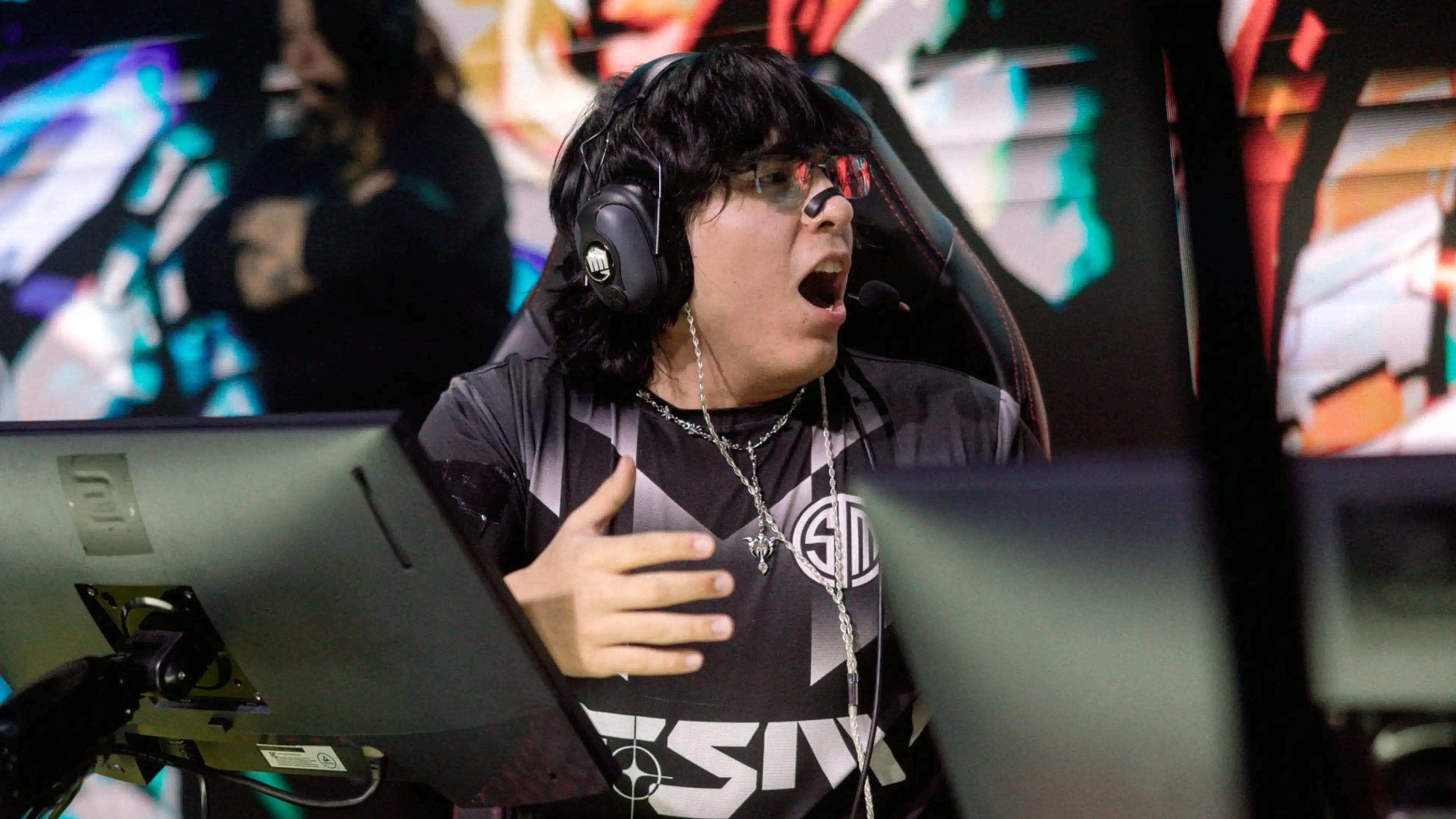

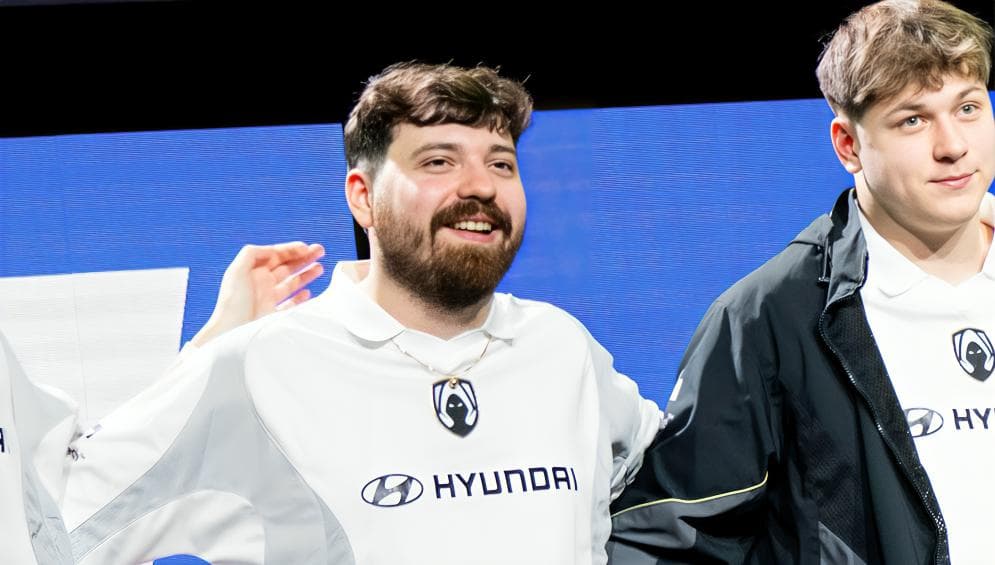

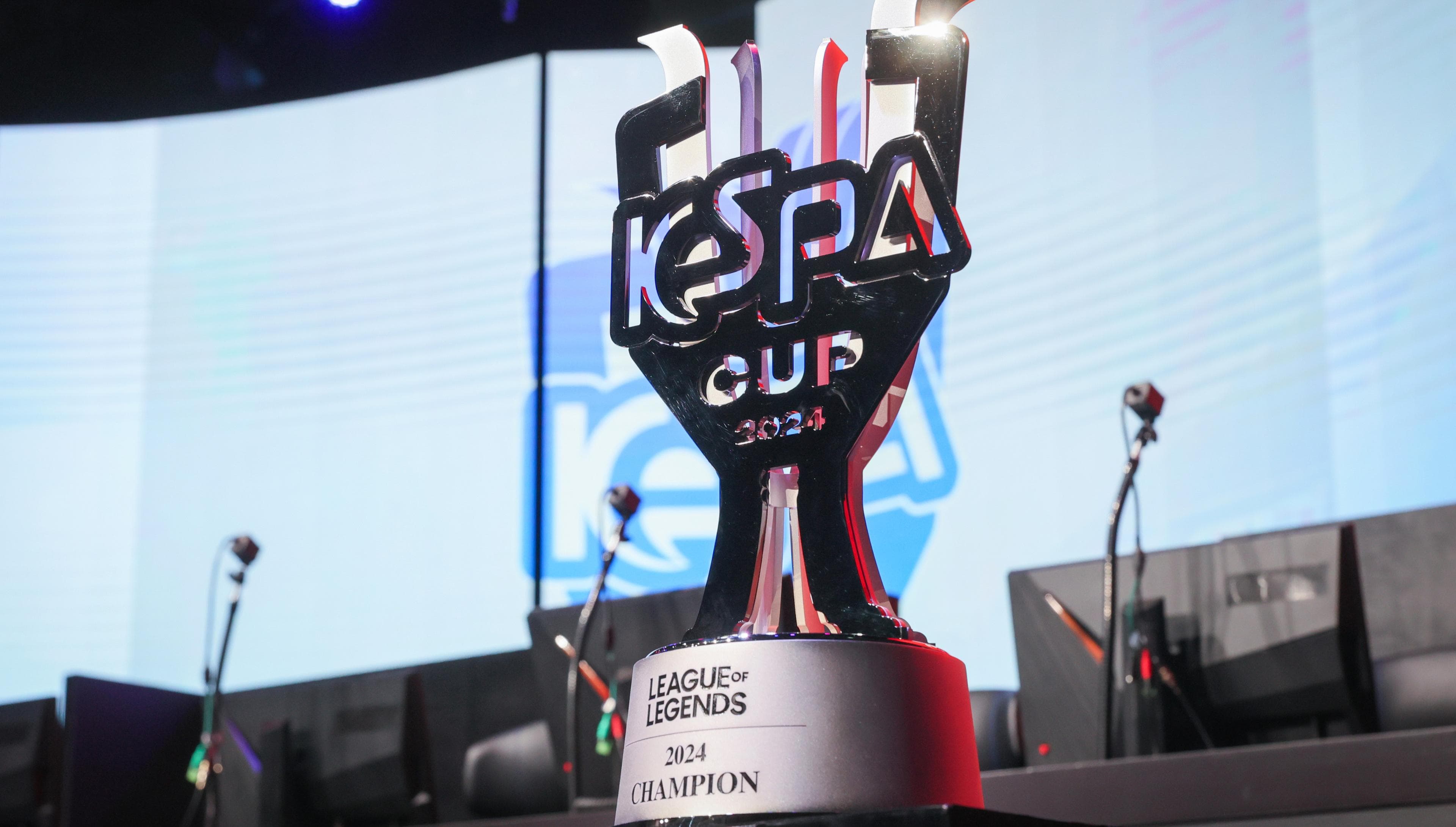
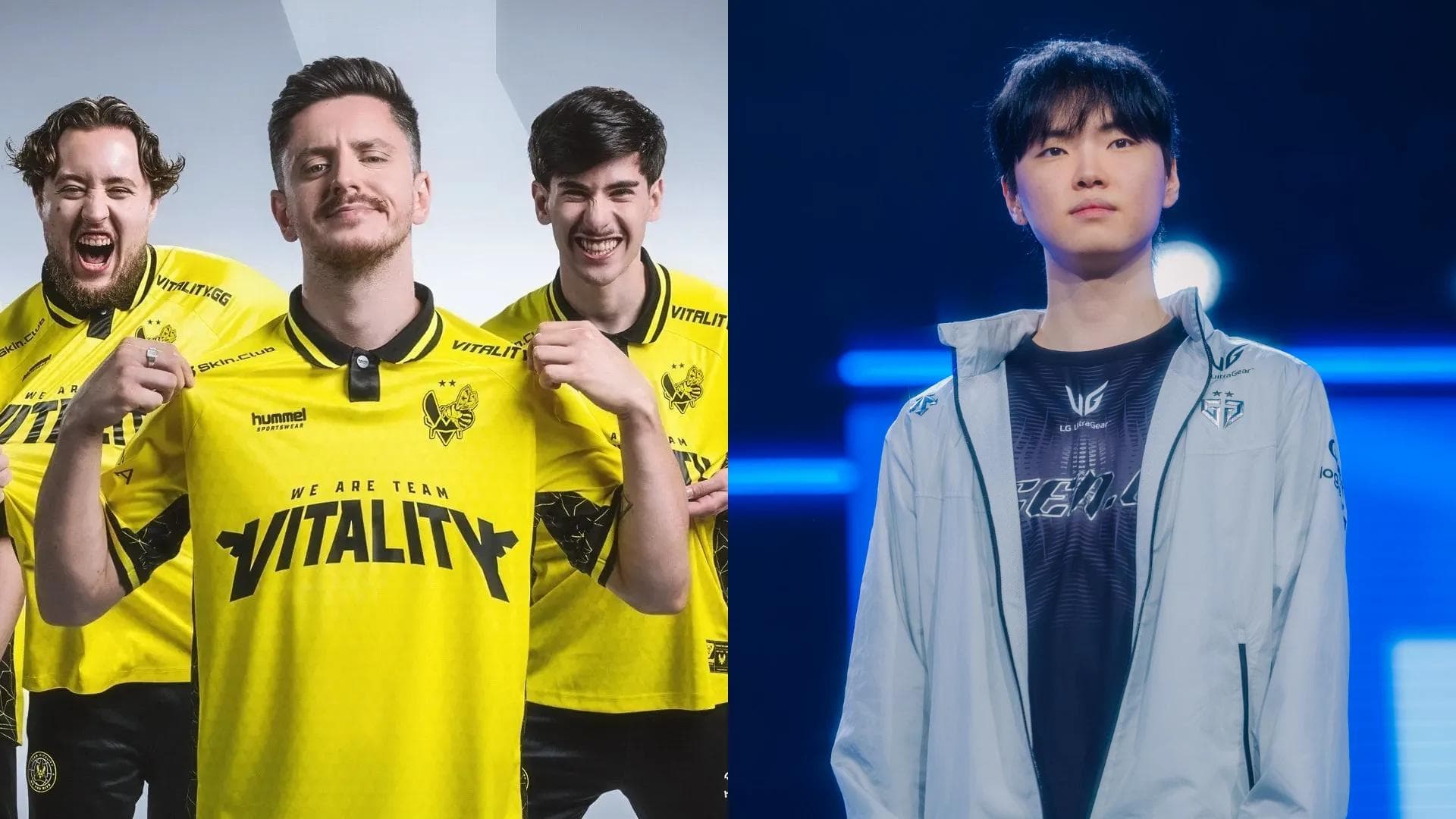
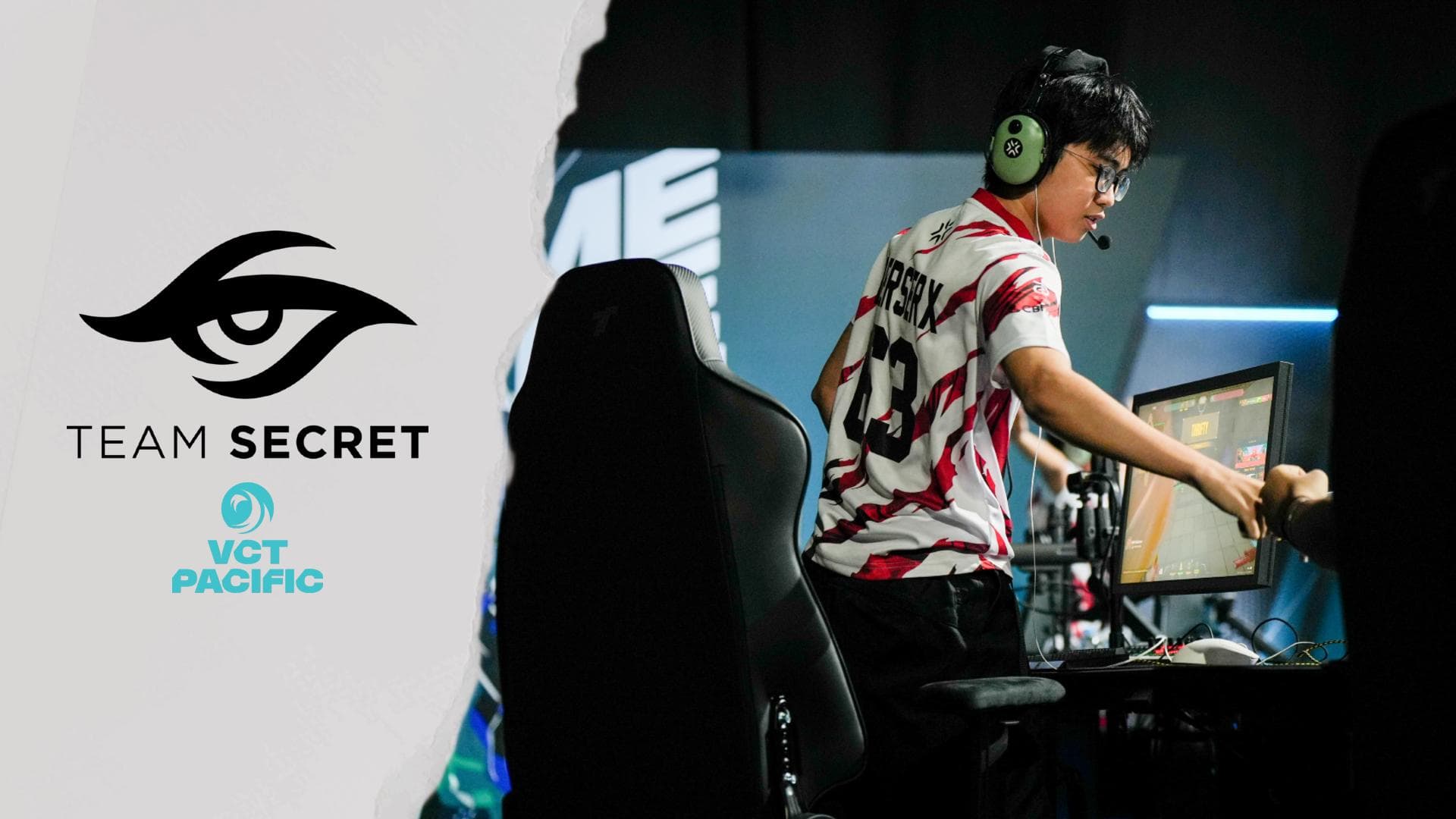
/Comments
Write a comment